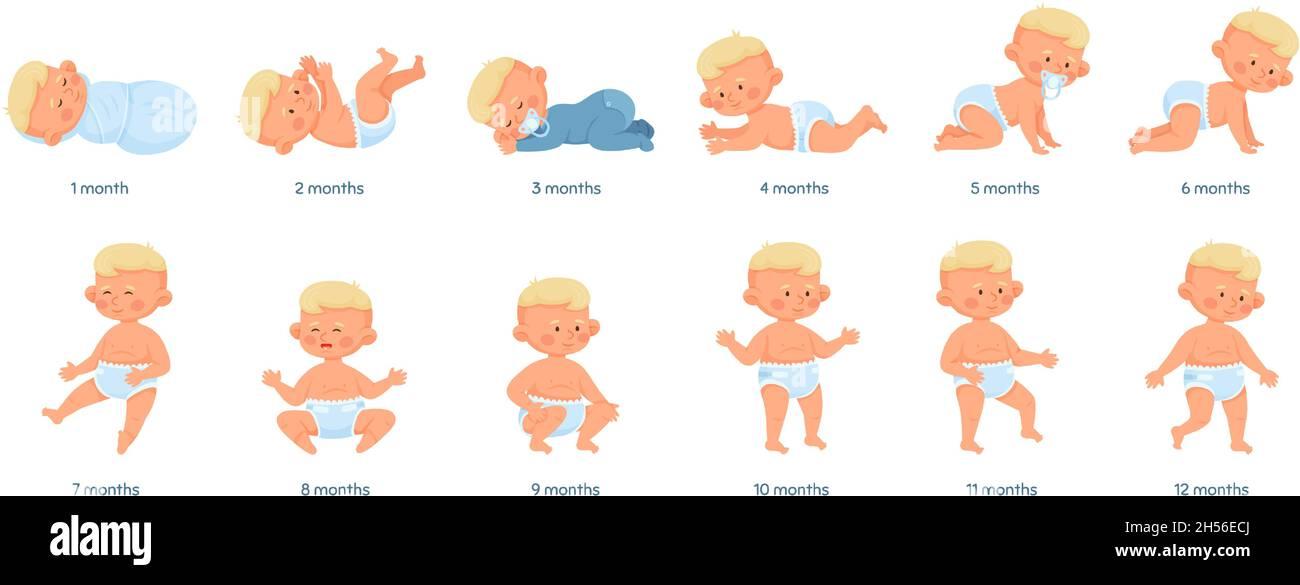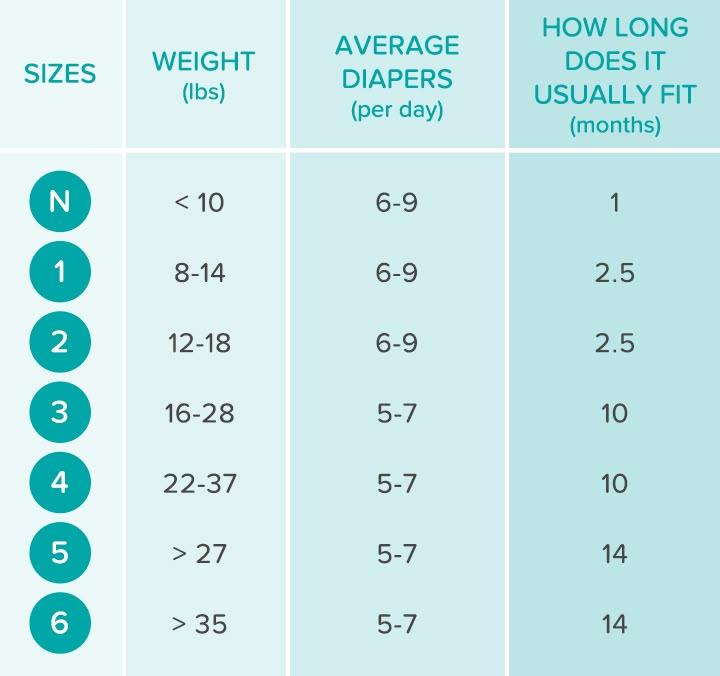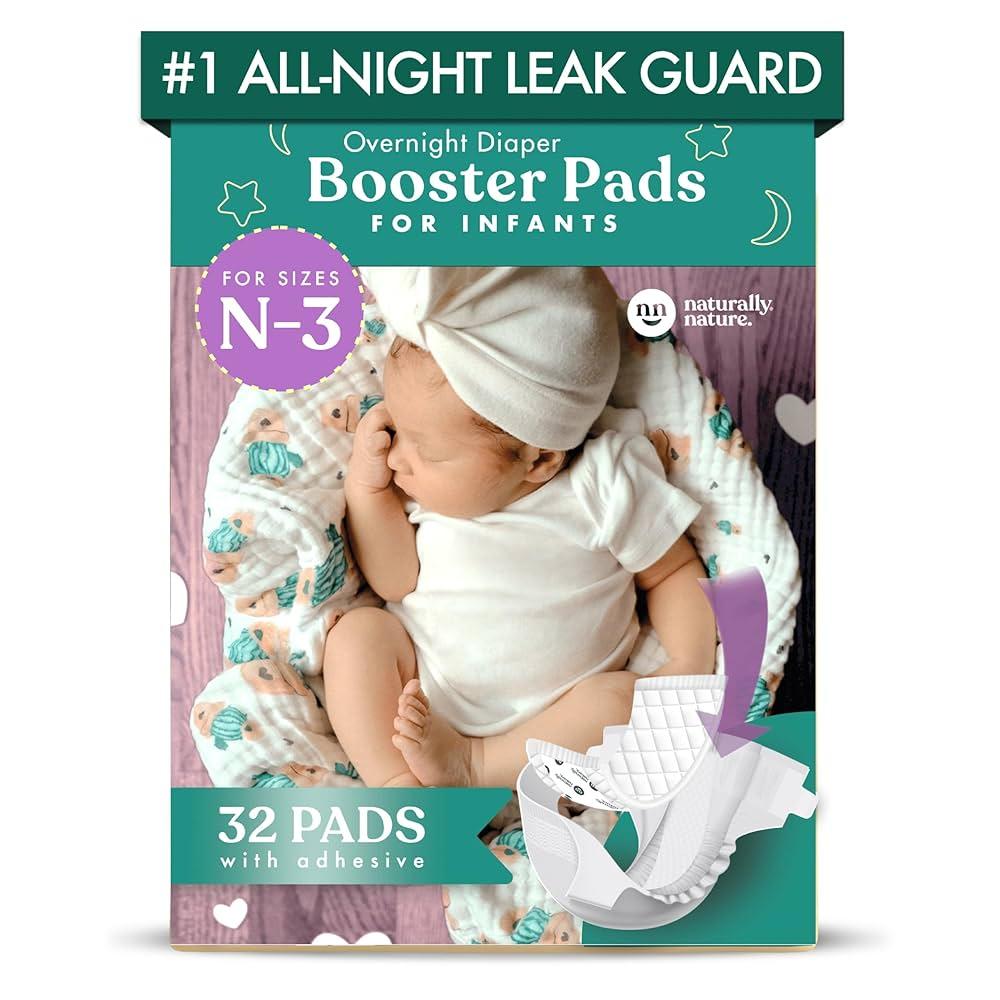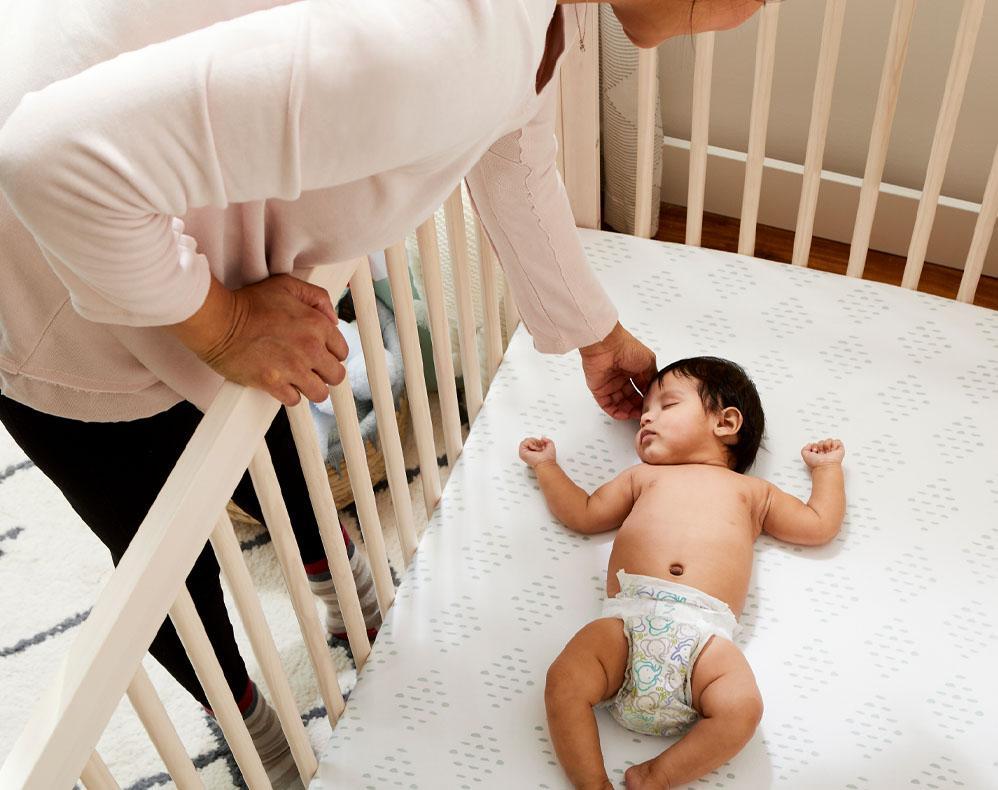Selecting the perfect diaper for your baby is more than just a routine shopping chore-it’s a small yet significant step in nurturing their comfort and well-being. Just as every baby is unique, so too are their diaper needs, which can change swiftly as they grow and explore the world around them. Finding the right size and fit isn’t merely about preventing leaks; it’s about ensuring your little one moves freely, stays happy, and experiences the gentle care they deserve. This guide will help you navigate the sometimes confusing world of diaper sizing, offering clear, practical advice to help you make confident, informed choices for your baby’s comfort and happiness.
Understanding Your Baby’s Growth Stages and Their Impact on Diaper Sizing
As your baby grows, their body undergoes remarkable changes that directly influence diaper sizing needs. From the squishy newborn phase to the wiggly toddler stage, each growth spurt affects not only weight and height but also body shape and mobility. Choosing a diaper that adapts to these evolving proportions helps prevent leaks, fussiness, and skin irritation. Pay attention to your baby’s specific growth patterns-some may be petite but stocky, while others lean toward longer limbs-since standard sizes might not always fit perfectly. Embracing a flexible approach with sizing charts and fit trials will ensure comfort and better protection throughout the journey.
Understanding the typical growth stages can guide you in anticipating diaper needs before your baby outgrows their current size. Here’s a quick overview that highlights the transitional moments to watch for:
- Newborn (0-3 months): Tiny bodies, frequent changes; focus on soft waistbands and gentle tabs.
- Infant (3-12 months): Rapid growth periods; accommodate increased movement and heavier wetness.
- Toddler (12+ months): Enhanced mobility and potty training; opt for more durable yet flexible diapers.
| Growth Stage | Average Weight | Diaper Size Recommendation |
|---|---|---|
| Newborn | 5-10 lbs | Size N or 1 |
| Infant | 10-22 lbs | Size 2 or 3 |
| Toddler | 22+ lbs | Size 4 and up |

Key Measurements to Determine the Perfect Diaper Fit
Finding the right diaper size hinges on two critical measurements that ensure comfort and leakage protection. First, the waist circumference plays a vital role; it must be snug but gentle around your baby’s tummy to prevent gaps and leaks. Equally important is the thigh girth, which secures the diaper in place around the legs to accommodate energetic movement without causing irritation. Parents should measure these areas when their baby is calm and naturally relaxed, ideally right after a diaper change, to get the most accurate fit.
To simplify the fitting process, consider this quick reference table that compares essential diaper measurements across popular sizes:
| Size | Weight Range (lbs) | Waist Circumference (inches) | Thigh Girth (inches) |
|---|---|---|---|
| Newborn | 6-10 | 12-14 | 9-10 |
| Small | 10-14 | 13-16 | 10-12 |
| Medium | 14-18 | 15-18 | 11-13 |
| Large | 18-28 | 17-21 | 12-14 |
Remember, these measurements provide a solid baseline but watch for signs like red marks or sagging edges. Adjusting based on your baby’s unique shape and movement is key to achieving that perfect, leak-free fit.

Balancing Comfort and Leak Protection for Active Babies
Finding the perfect diaper means striking a delicate balance-your little one’s comfort should never be sacrificed in pursuit of leak protection. For active babies who are constantly exploring, a diaper that fits snugly without restricting movement is essential. Look for designs with flexible waistbands and leg cuffs that gently hug the body, allowing freedom to crawl, roll, and toddle. This flexibility not only prevents chafing and irritation but also helps maintain a consistent seal around the legs and waist, reducing the chances of leaks during energetic play.
To ensure maximum leak protection while keeping your baby comfortable, consider the following key features:
- Adjustable tabs that let you customize the fit as your baby grows.
- Breathable materials that prevent heat buildup and skin discomfort.
- Absorbent cores designed to lock in moisture quickly.
- Stretch panels that move with your baby’s body.
| Diaper Feature | Benefit |
|---|---|
| Elastic Waistband | Flexible fit for comfort and leak prevention |
| Double Leak Guards | Extra barrier against leaks during movement |
| Moisture-Wicking Layers | Keeps skin dry to avoid rashes |

Tips for Adjusting Diaper Fit as Your Baby Grows
As your little one grows, their body shape and activity level change, so it’s essential to frequently check and adjust the diaper fit. Start by observing the fit around the waist and legs-too tight can cause red marks and discomfort, while too loose may lead to leaks. Keep an eye on the diaper’s stretch; elastic bands should fit snugly without digging into the skin. If you notice gaps or frequent blowouts, it might be time to size up or try a different style that offers a better contour for your baby’s current shape.
To make these transitions smoother, consider these quick tips:
- Check the fit weekly: Babies grow fast, so a weekly diaper fit check helps prevent discomfort and leaks.
- Adjust the tabs properly: Use the velcro or adhesive tabs to customize the tightness around the waist without over-tightening.
- Monitor activity: Active babies may need a diaper with a more flexible waistband or extra absorbency.
- Use sizing charts as guides: Combine weight ranges with visual fit checks for the best results.
| Growth Stage | Fit Focus | Action |
|---|---|---|
| Newborn (0-2 months) | Soft waistbands, snug but gentle fit | Use specialized newborn diapers |
| Infant (3-6 months) | Flexible fit around legs, absorbent core | Check for leaks & adjust tabs |
| Older baby (6+ months) | Room for movement, secure waist | Consider next size or active baby styles |
Closing Remarks
Choosing the right diaper size and fit is more than just a simple decision; it’s a foundational step in ensuring your baby’s comfort, happiness, and health. With the right fit, you’re not only preventing leaks and rash but also supporting your little one’s eager movements and growing curiosity. Remember, every baby is unique, and what works today might need adjusting tomorrow. Stay attentive to your baby’s signals and don’t hesitate to experiment until you find that perfect match. After all, a well-fitted diaper is one small way you can make a big difference in your baby’s day-to-day joy and well-being.
